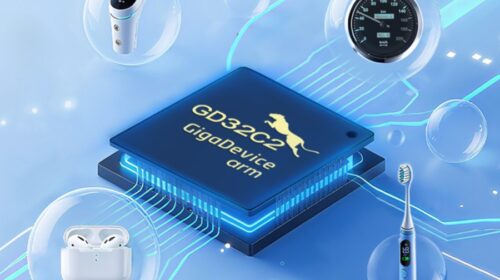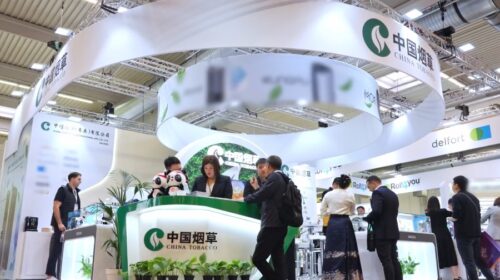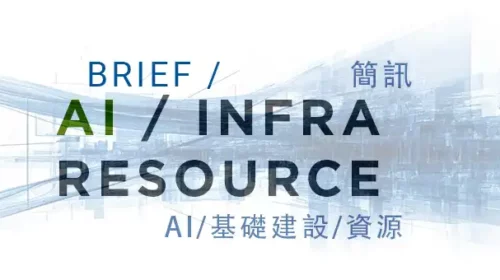Why JL Mag came unstuck, but is getting back on track

The company is going through a difficult adjustment after a plunge in the price of neodymium, a key ingredient in the rare earth permanent magnets that are its core product
Key Takeaways:
- JL Mag’s profit and revenue fell sharply last year, as neodymium prices fell by 40% over that time
- China expanded its production quotas for rare earth three times in 2023, driving prices down and creating a supply glut
By Edith Terry
It may seem counterintuitive, but China’s ambition to keep its dominance in rare earth materials and technology may be what’s hurting the top and bottom lines of JL Mag Rare-Earth Co. Ltd. (6680.HK; 300748.SZ), a leading maker of rare earth magnets.
JL Mag’s preliminary results for 2023, released last week, continued a downward trend established by its interim results for the first six months of the year. Its annual revenue fell by 6.7% to 6.69 billion yuan ($928 million), and its profit fell by an even larger 19.8%, to 563.6 million yuan. That marked a sharp reversal from 2022, when its revenue and profit rose 75.6% and 55.1%, respectively.
The company blamed the reversal on volatility in the price of rare earth materials, which are a key component in many high-tech products like smartphones. The price of neodymium, a rare earth that is a key ingredient in JL Mag’s magnets, has been falling precipitously since its peak in February 2022 at 1.5 million yuan per ton. The element now sells for less than a third of that peak at 437,000 yuan per ton and has fallen by 40% since the start of the year.
Things looked much stronger for the company after its Hong Kong IPO in January 2022, when its profits and revenue were growing quickly and neodymium prices were nearing a peak. The falling prices since then have mirrored similar drops for other materials related to new economy products. The price of lithium, a key element for electric vehicle and solar power storage batteries, has crashed more than 80% from its 2022 peak.
But in JL Mag’s case, shouldn’t the big drop in neodymium prices be a good thing, since it reduces one of the company’s key component costs? Not exactly.
Neodymium is an essential component of JL Mag’s permanent magnets, so-called because they don’t lose their magnetic charge. Demand for such magnets in China has been weak lately, especially in the current sluggish economic environment, leading to a glut of products built up when demand was stronger. That glut includes JL Mag’s inventory of permanent magnets made with neodymium purchased when prices were much higher, meaning its own costs for making such products may now exceed the actual prices it can charge to customers.
Sluggish demand aside, another factor depressing neodymium prices is a huge jump in output of the element and other rare earths in China. The country has recently stepped up production of rare earths in an effort to maintain its dominance in the sector, even as other countries try to develop their own sources to ease their dependence on China.
China has also taken steps to protect companies like JL Mag that directly buy rare earths for use in other products like permanent magnets. China banned the export of technology to make rare earth magnets in late December, adding to a ban on the export of technology to extract and separate the critical materials for rare earth magnets.
Rare earth dominance
A decade ago, China controlled 90% of the world’s rare earths mining and processing. Today that is down to 70% as the U.S. and others ramp up mining and production. But China’s dominance in refined output remains at 90%, according to the U.S. Geological Survey.
China has sought to maintain its dominance by expanding its output quotas – essentially output targets – with a goal of bringing prices down far enough to keep new players from entering the market. While such lower prices may look good for companies like JL Mag over the longer term, it’s less straightforward in the shorter term as its customers expect the company to pass on most of the savings to them in the form of lower prices. That can be problematic for JL Mag, since some of its current inventory was made using rare earths purchased when neodymium prices were still high.
That dynamic is reflected in the JL Mag’s 25.6% increase in its output volume of 2023 of rare earth permanent magnets last year, which reached 15,122 tons, even though the company’s revenue for the year declined.
Still, analysts expect JL Mag to return to stronger profit and revenue growth this year in a new environment of low, more stable neodymium prices. About a dozen analysts polled by Yahoo Finance who track the company’s Hong Kong and Shenzhen-listed shares expect its revenue to grow about 50% in 2024, while its profit should rise by a similar amount.
JL Mag wasn’t alone in feeling some pain last year. China Northern Rare Earth (600111.SS) announced in January that it expected to report a net profit of 2.17 billion yuan to 2.33 billion yuan in 2023, down by as much as two-thirds year-on-year, due to continual drops in rare earth prices.
JL Mag’s Hong Kong- and Shenzhen-listed shares moved in different directions after the preliminary results announcement last week, with the former down by a little over 5% a week later, while in the latter moved up by 1%.
Mainland Chinese investors are more bullish on the company in general, giving its Shenzhen shares a current price-to-earnings (P/E) ratio of 45, versus a far lower 18 for its Hong Kong stock. By comparison, China Northern, which only trades on China’s domestic A-shares market, has a P/E of 27.
With 14.5% of the global market for high performance rare earth permanent magnets, JL Mag can be seen as one of China’s national flagship companies in the area. Only 13% of its revenue came from international sales, so it is relatively protected from geopolitical backlash against its products. That could change, however, as a $100 million recycling plant it is building in Mexico to turn scrap alloy into permanent magnets may indicate the company has bigger global aspirations.
One factor that could complicate JL Mag’s expected rebound this year would be a rebound in rare earth prices. But such a bounce-back looks unlikely, at least for now. Experts think China is not done expanding its output targets for both rare earth mining and separation. Its total quota for 2023 was a record 255,000 tons, up 21.4% from 2022, and the figure could rise further still this year as it tries to maintain its dominance in the space.
To subscribe to Bamboo Works free weekly newsletter, click here






